Today, the French blonde bombshell, Brigitte Bardot, turns 80! As she put it: “It is sad to grow old but nice to ripen.”
Born into a comfortable Parisian home, Bardot studied music and dance at a young age and aspired to be a ballerina. She also pursued modeling, which led to her first film: 1952’s “Crazy for Love.”
In the mid-‘50s, she became, along with the U.S.’s Marilyn Monroe, the world’s reigning movie sexpot – the always fetching and frequently undressed young star of a series of frothy French sex comedies, culminating in the international box-office triumph of Bardot’s and director Roger Vadim’s ultra-steamy erotic drama “…And God Created Woman.”
If Monroe was the era’s instantly identifiable “M.M.,” Bardot was her equally recognizable French counterpart “B.B.”
Later, in the ‘60s, Bardot began working for more serious filmmakers, in more estimable projects, including “La Verite” (“The Truth”) (1960, Henri-Georges Clouzot, a film-noir master), “A Very Private Affair” (1962) and “Viva Maria!” (1965), both by Louis Malle, “Spirits of the Dead” (a 1968 omnibus film by Vadim, Malle and Federico Fellini), and her best film, the New Wave noirish classic “Le Mepris” (“Contempt”) (1963, Jean-Luc Godard).
Vadim was the first of four husbands. She has been married to Bernard d’Ormale since 1992.
She retired from movies in the 1970s; after leaving the world of filmmaking, she became an outspoken animal-rights activist. On her 50th birthday, in 1984, she told the London Times: “I have been very happy, very rich, very beautiful, much adulated, very famous and very unhappy.”
Before her 80th, she told the Times: “I only keep one man in mind, the next one.”
Here, we offer a photo tribute. To see recently discovered photos of BB as a teenager, click here.
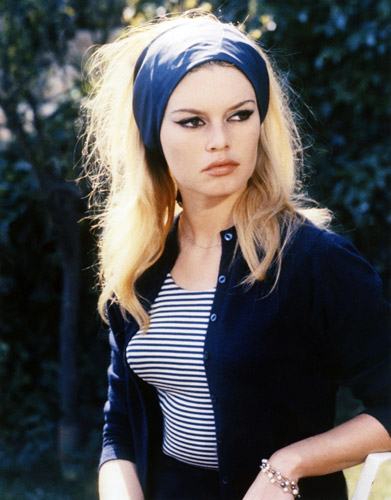
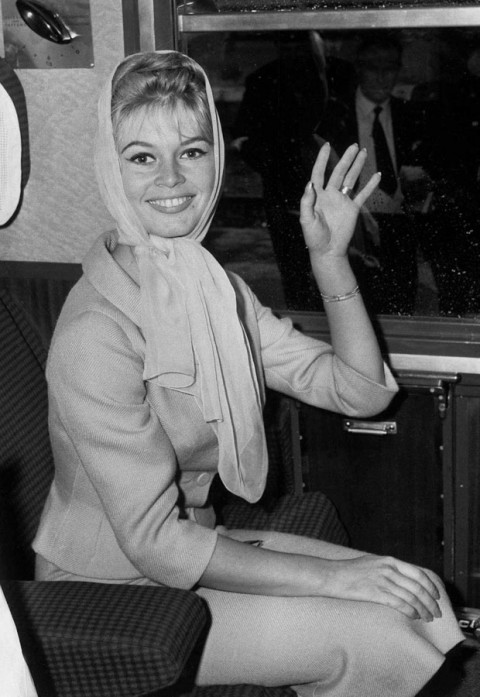
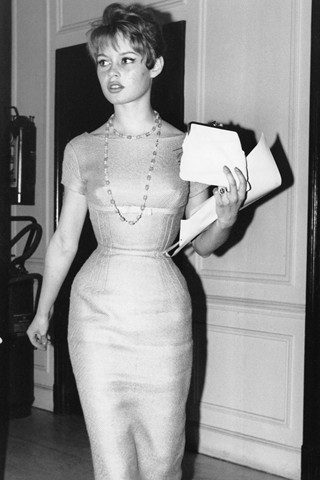
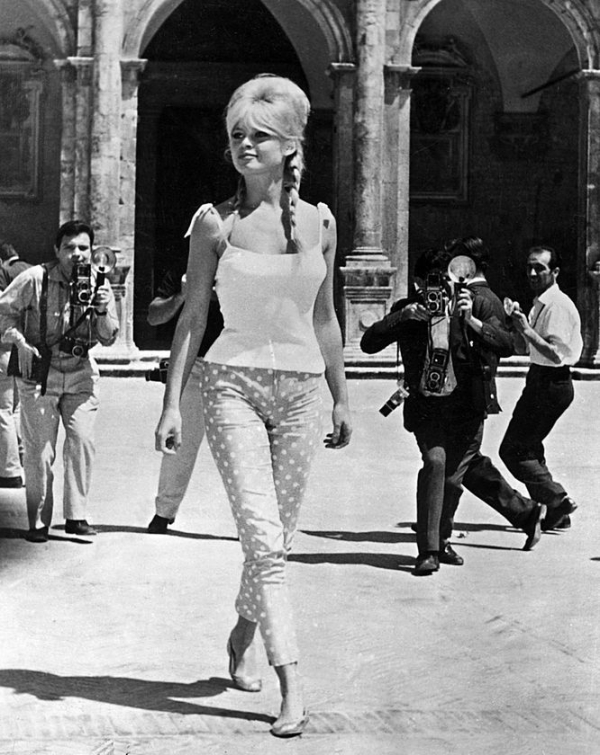
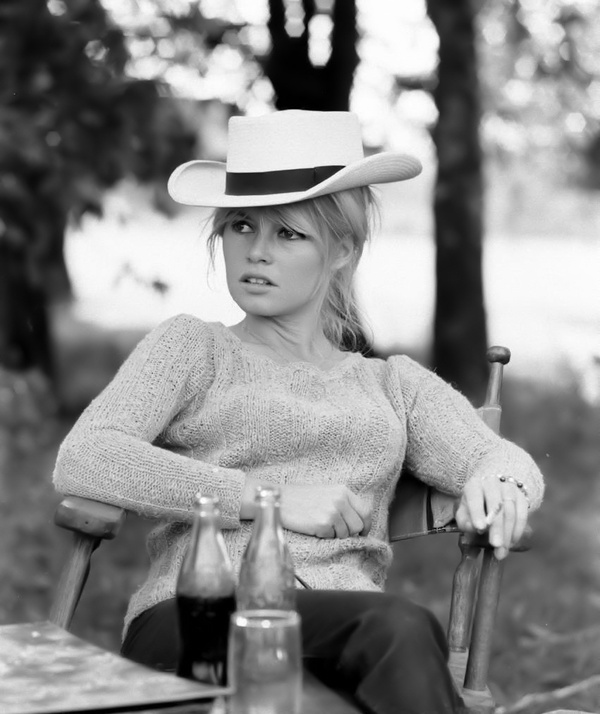
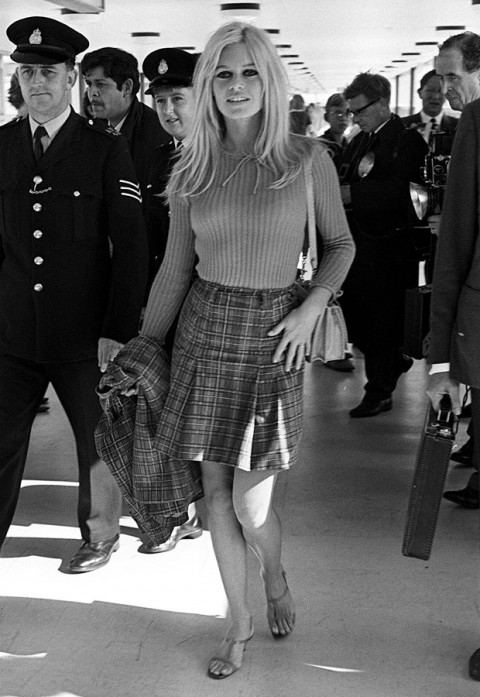
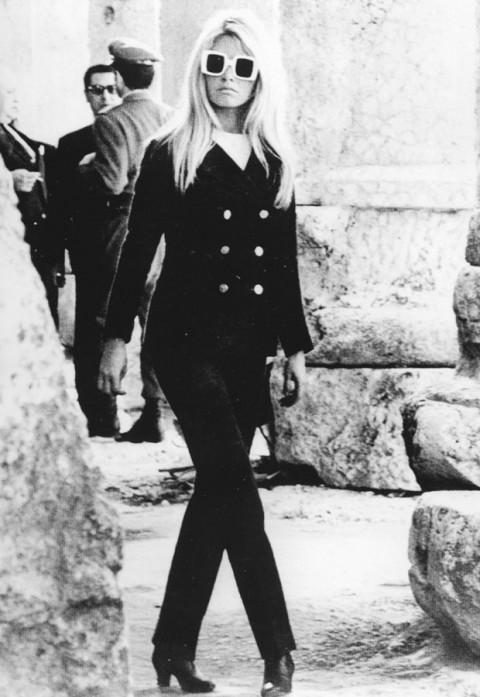
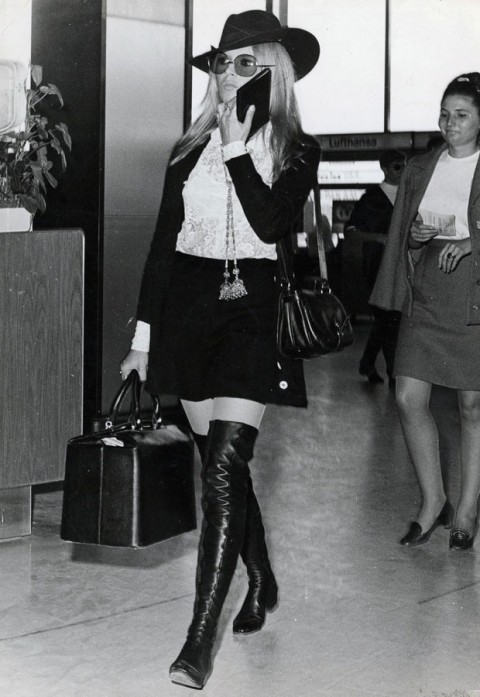
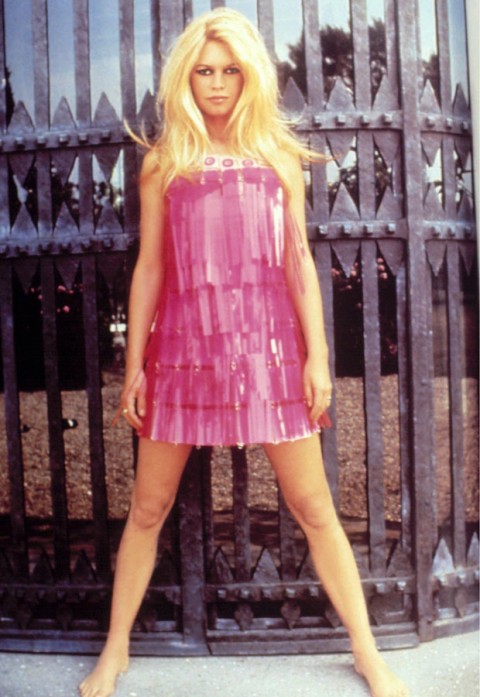





![coloca-logo5[1]](http://www.filmnoirblonde.com/wp-content/uploads/2014/04/coloca-logo51.png)
![our-heroes[1]](http://www.filmnoirblonde.com/wp-content/uploads/2014/04/our-heroes1.jpg)
![le-dernier-diamant[1]](http://www.filmnoirblonde.com/wp-content/uploads/2014/04/le-dernier-diamant1.jpg)
![amourcrime[1]](http://www.filmnoirblonde.com/wp-content/uploads/2014/04/amourcrime1.jpg)
![venus-in-fur[1]](http://www.filmnoirblonde.com/wp-content/uploads/2014/04/venus-in-fur1.jpg)
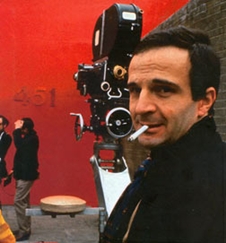
![la-belle-et-la-bete[1]](http://www.filmnoirblonde.com/wp-content/uploads/2014/04/la-belle-et-la-bete1.jpg)
![the-murderer-lives[1]](http://www.filmnoirblonde.com/wp-content/uploads/2014/04/the-murderer-lives1.jpg)
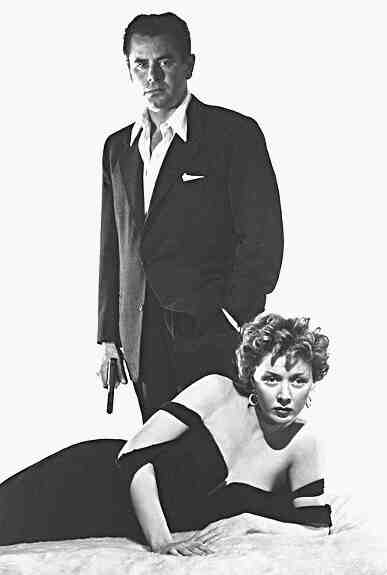
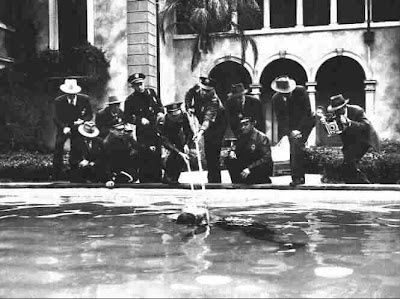

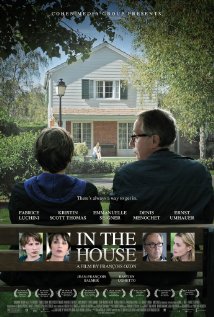
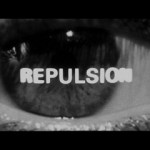
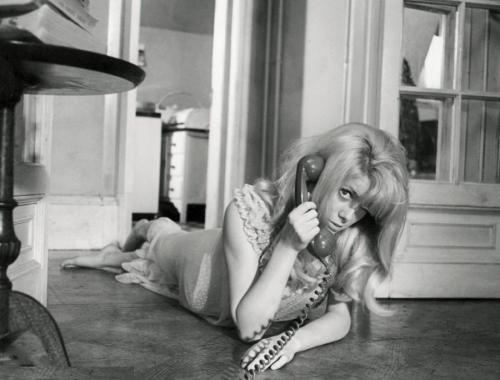
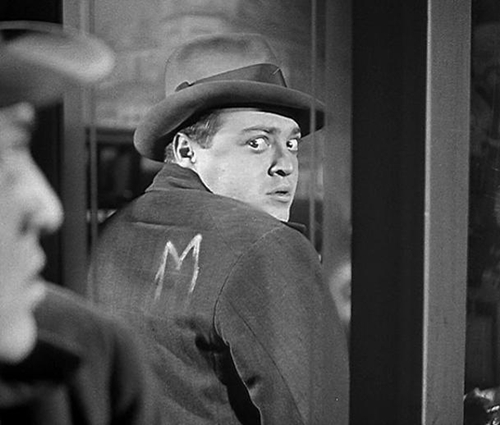
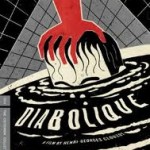
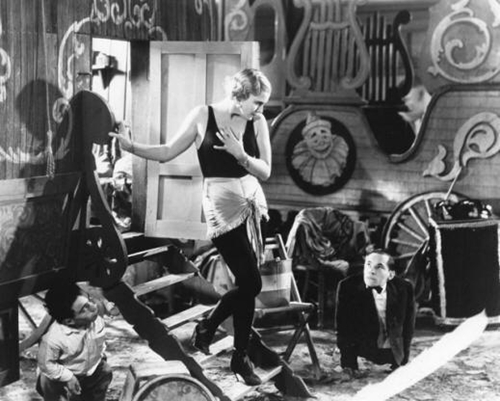
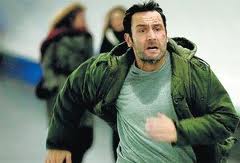
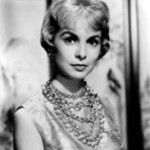
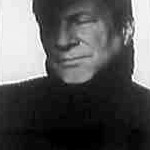









From FNB readers